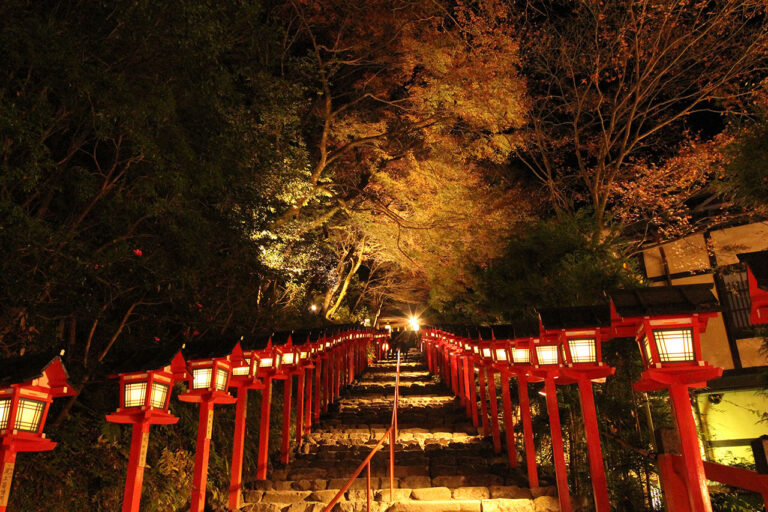
Kibune Maple Lantern/Kibune Shrine
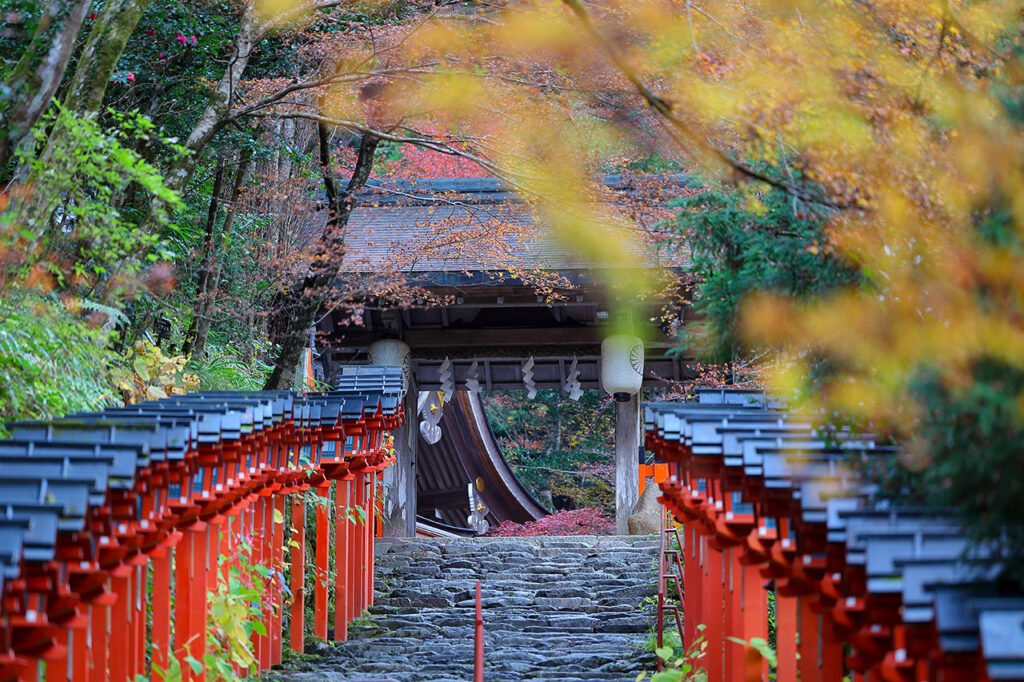

A shrine dedicated to Takaokami, the god of water supply. The date of its foundation is unknown, but it is said that it was already in this area about 1,300 years ago. The three shrines are the main shrine, where sacred water flows from the stone wall in front of the main shrine, the shrine that enshrines Iwanagahime no Mikoto, a shrine famous for the blessings of marriage, and the dignified and quiet Okumiya, the site of its foundation. consists of
In ancient times, ``Kifune'' was written as ``the root of mind,'' and ``the mountain of mind,'' and it was also written as ``kiseirei'' in modern times. collected. If you visit the shrine surrounded by the greenery of the forest that shines in the sunlight and the sound of the river flowing with abundant water, you will be convinced that your energy will rise. In the autumn foliage light-up, the illuminated maple leaves give off a different beauty from the daytime.
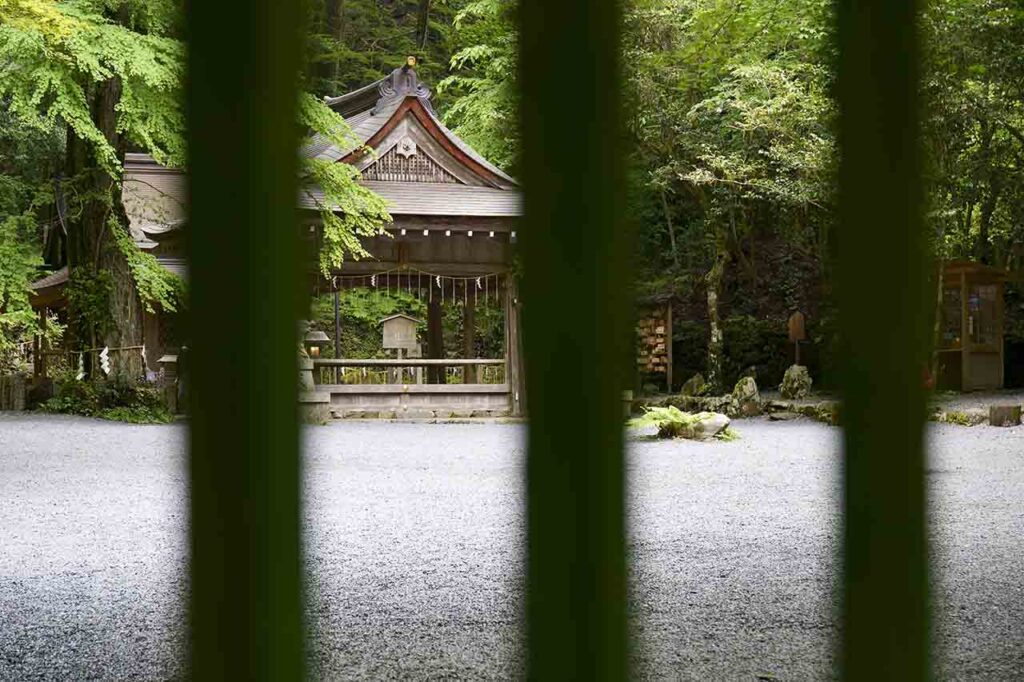

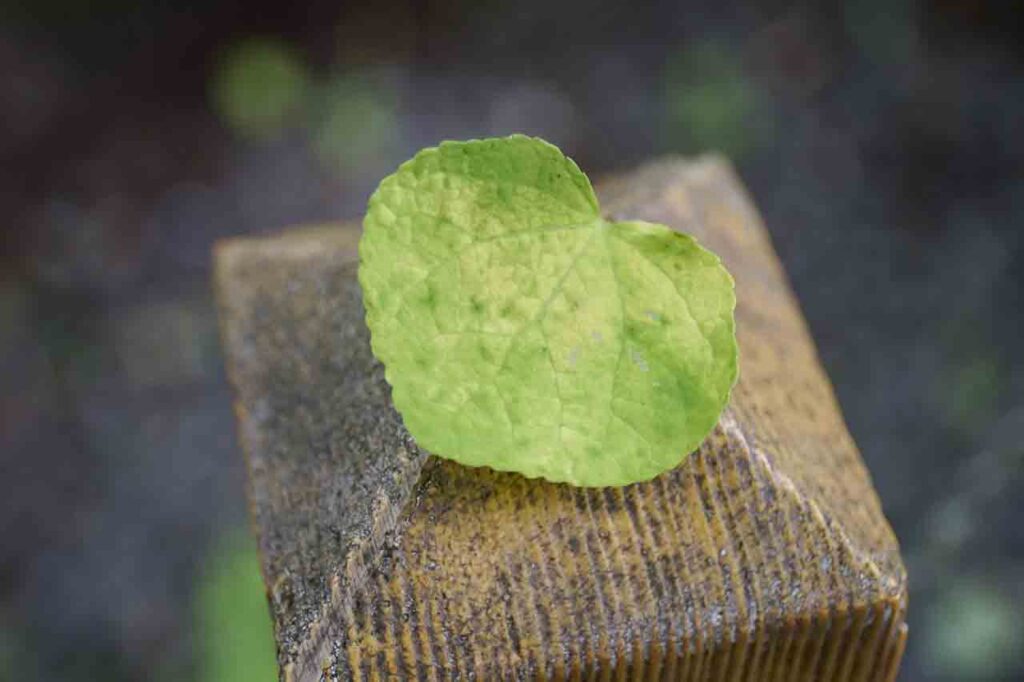

All three shrines have tall katsura trees, which are said to live in places with abundant water, and tell us that this land has a lot of water. In addition, in the Okumiya, there are two cedars growing from the same root on the approach to the shrine, called "Aioi-no-sugi", and a cedar and a maple on the grounds, called "Renri-no-sugi".
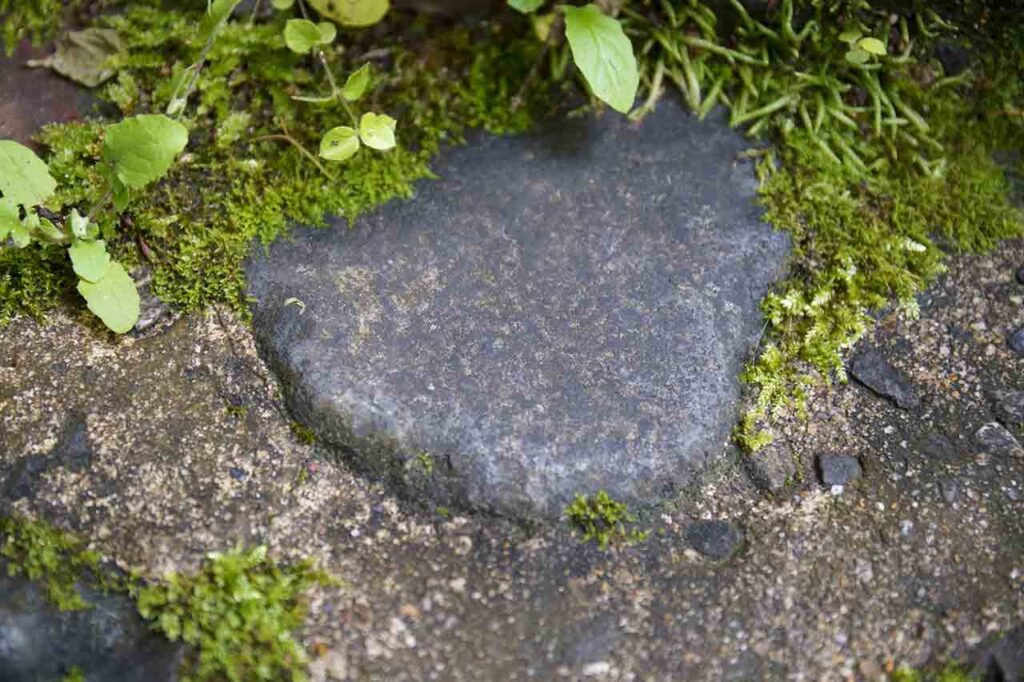

87 stone steps leading to the precincts of the main shrine. The structure hasn't changed since the Heian period, but when it was redeveloped five years ago, a new attraction was added. That is the heart-shaped stone. If you come here to pray for marriage, try looking for this stone first.
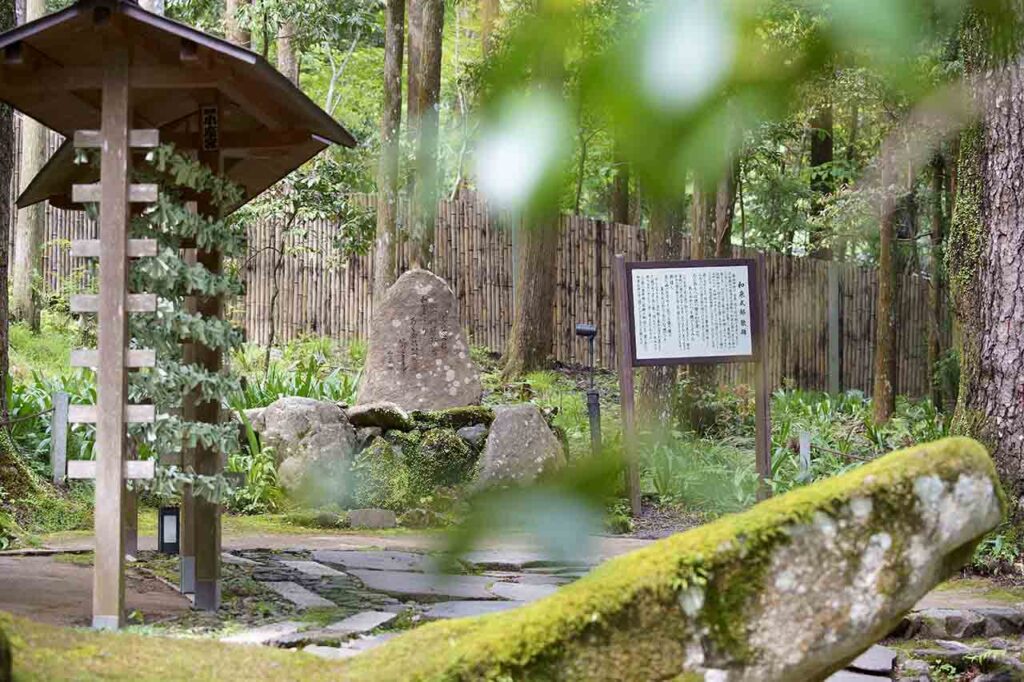

Legend has it that Izumi Shikibu, a female poet from the Heian period, visited this shrine, and it is also known as the "Palace of Love." In the precincts, there is a monument inscribed with a poem that Izumi Shikibu dedicated to her husband, ``To my thoughts, the firefly of the swamp, too, looks like a soul that is devastated from its young body.''
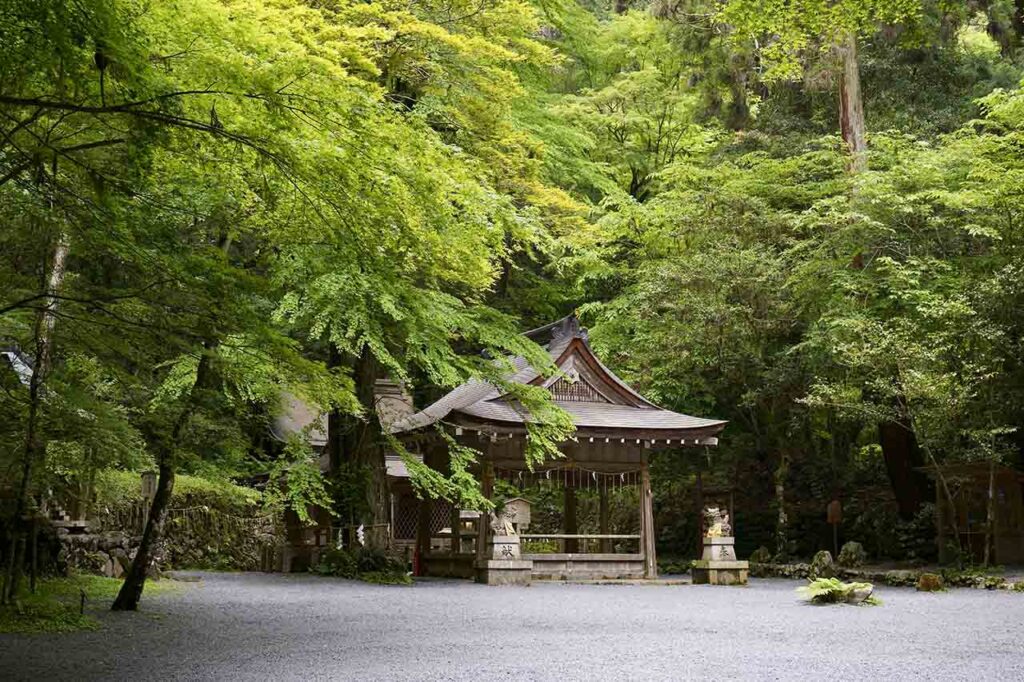

The main hall of Okumiya is built on a huge hole called "Ryuketsu". This hole is sacred and should not be touched by anyone. However, in the Edo period, a carpenter dropped a chisel into the hole. There is an episode that a gust of wind caused fleas to soar into the air.
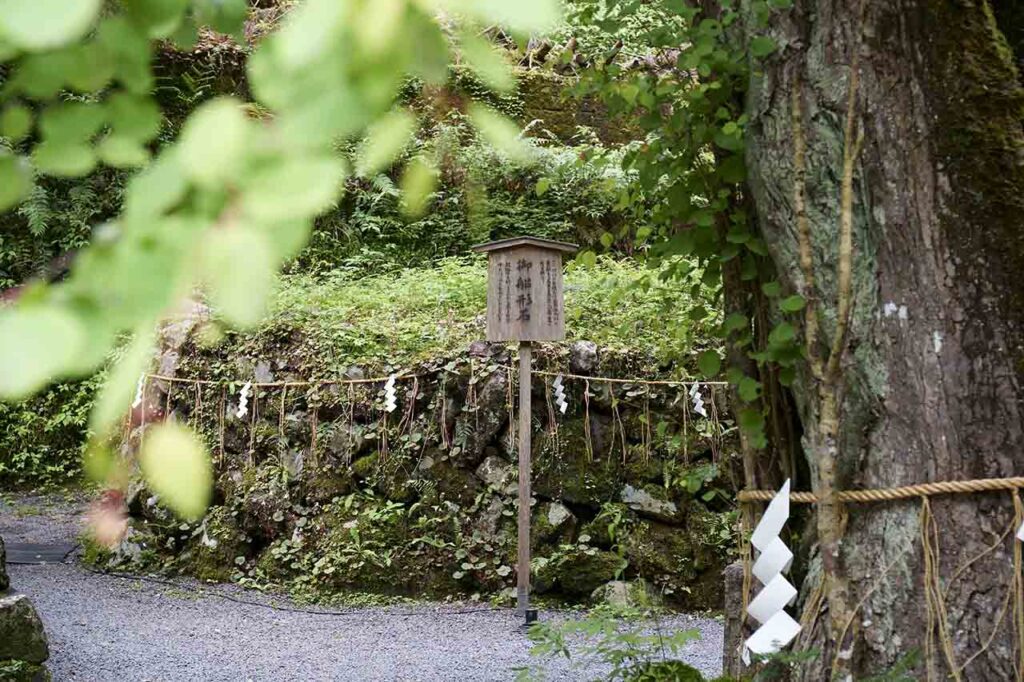

According to the shrine legend, Kifune Shrine was founded when Tamayorihime no Mikoto sailed up the river from Naniwa and enshrined a small shrine. The yellow boat I was on at that time is the Funagata Stone, located in the precincts of Okumiya. The ship is covered with pebbles, and it is said that the pebbles have the benefit of maritime safety. It is said that 'Kifune' became 'Kifune'.
Over 600 interviews per year! An order site carefully selected by the editors who knows Kyoto and Shiga.
nowOfficial LINE friend registration500 yen OFF coupon is being issued!
Distributed every Friday morning at 8:00 am! From new restaurant information to event information that we want to share with you, We deliver articles about Kyoto that are useful to know. About 20,000 people have registered.Click here to add a friend!
 News
News Feature article
Feature article Featured event
Featured event